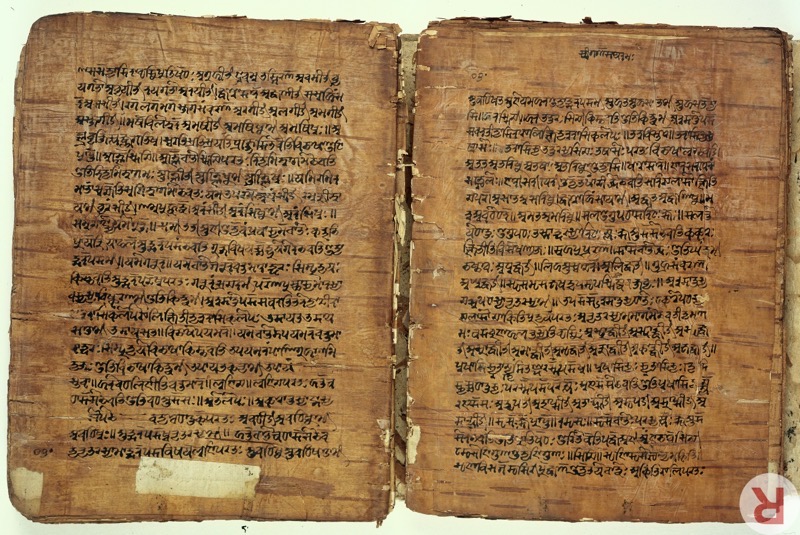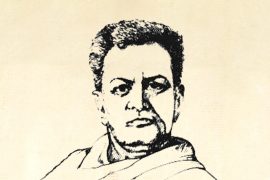Wilhelm von Humbolt had observed that natural languages express the infinite within finite means, the same insight was also echoed by the Indian Grammarian Patanjali. Believed to have lived between the sixth and fourth century BC, Panini was a Sanskrit scholar greatly revered in ancient India. His magnum opus Aṣṭādhyāyī was a sutra-style treatise on Sanskrit grammar. Comprising of 3,959 verses on linguistics, syntax and semantics, the text is considered to be the foundation of the Vyakarana branch of the Vedanga, an auxiliary discipline of the Vedic period. His work attracted numerous commentaries, of which Patanjali’s Mahabhasya is the most celebrated.
The grammar of Aṣṭādhyāyī has been compared to the Turing machine, where the logical structure of any computing device can be reduced down to an idealised mathematical model. Panini’s Sanskrit grammar uses similar rewrite rules. These rules are guided by a delicate and formal metalanguage.
A Metalanguage can be simplified as the language that is used to talk about objects or a ‘language about another language.’ Many philosophers opined that the truth of philosophical questions can be ascertained by the use of metalanguages; Polish-born mathematician, Alfred Tarski, was among them. German-born Logical Positivist Rudolf Carnap also felt that by using symbolic notations of metalanguages, and by following the rules of logic, one can potentially avoid ‘metaphysical judgements,’ which, according to his system, were invalid.
Panini’s analysis of compound nouns form the basis of the technique of compounding in all Indian languages and his scientific theory of grammar has been said to signal the beginning of Classical Sanskrit, a language that remained relevant in its original form for over two millennia and from which emerged an entire school of languages.
Panini’s metalanguage uses Sanskrit phonemes as auxiliary markers to control grammatical derivations. This very method was rediscovered by American mathematician, Emil Post, in the 1920s, where he proved that the method was capable of representing universal computation. Panini’s metalanguage was capable of the same feat.
Thus, it can be concluded that the nineteenth and twentieth century computer languages or algorithmic expression were not the first of their kind. Panini’s language was by no means identical to that of Post’s or Turing’s but followed the same principle of using finite means to describe the infinite.
-30-
Copyright©Madras Courier, All Rights Reserved. You may share using our article tools. Please don't cut articles from madrascourier.com and redistribute by email, post to the web, mobile phone or social media.Please send in your feed back and comments to [email protected]











